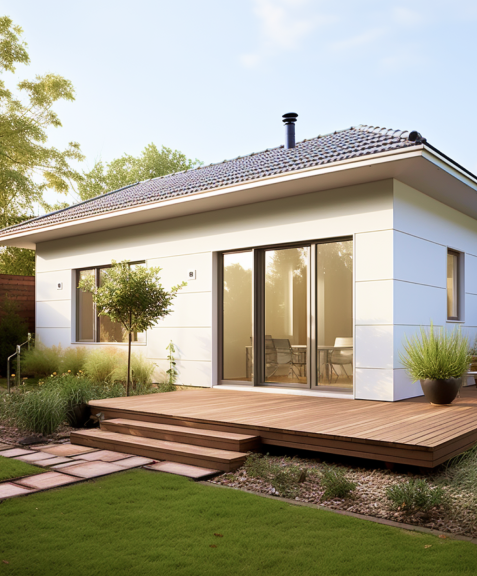
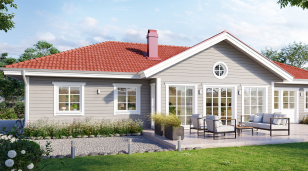



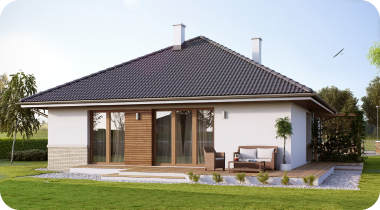
A link to download your FREE brochure will be in your inbox in 3 minutes
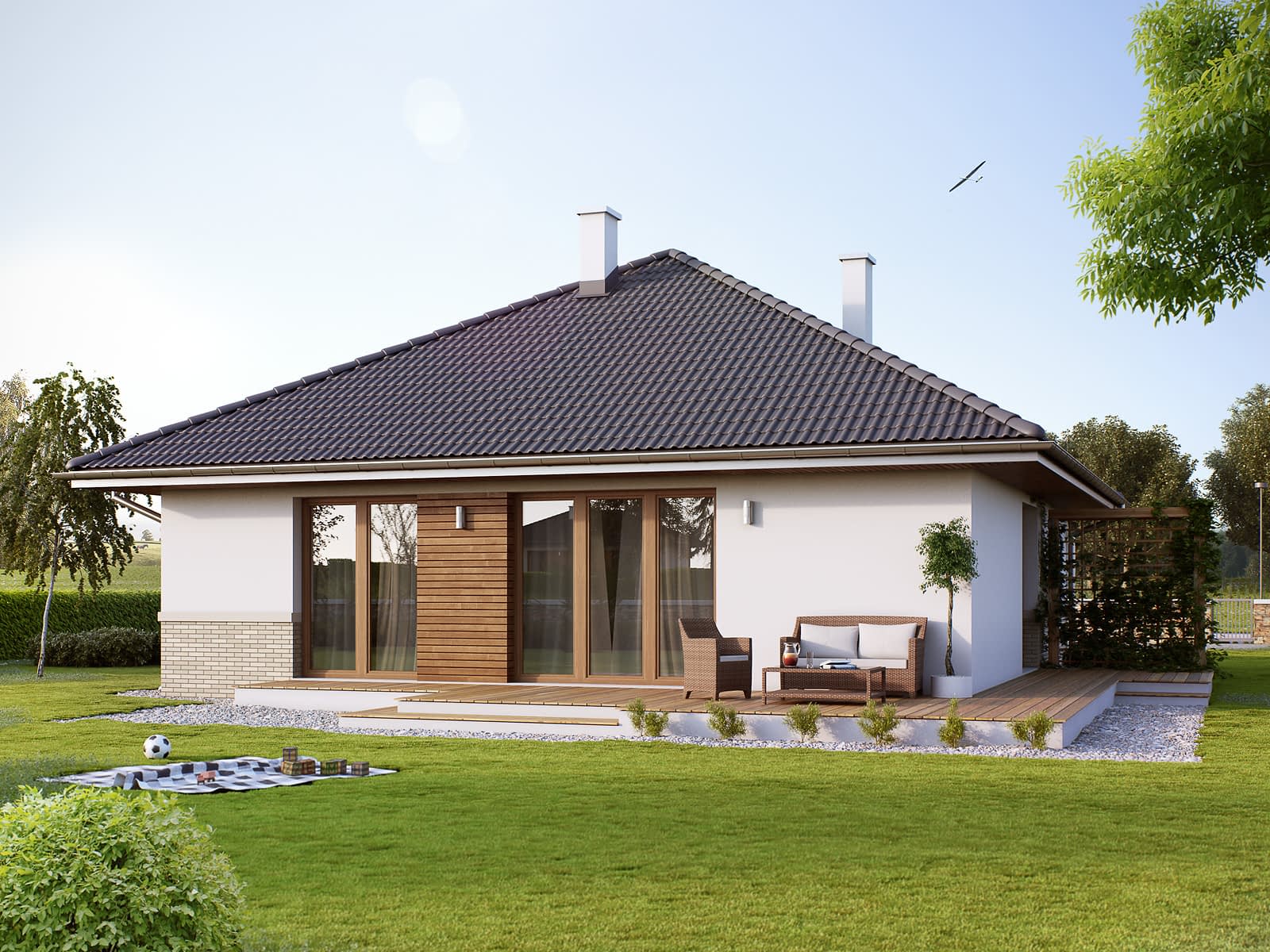






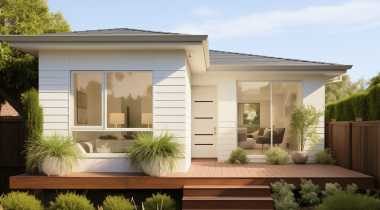











The final price may vary based on project specifics.
To get a free accurate quote tailored to your needs, book a consultation with us today!

The price per square foot provided is an average and may vary depending on project-specific details such as materials, location, complexity, and other factors. Actual costs may differ from the average provided.
It is recommended to obtain a detailed quote based on the specific requirements of your project.

Please note that the monthly payment displayed on this page is an estimate and is subject to variation based on the selected loan product, applicants credit score, loan amount, and other financial details. Actual monthly payment may differ from the estimate provided.
It is recommended to seek advice from a financial advisor or loan officer to obtain precise payment information tailored to individual circumstances.
 Your Trusted
Local Contractor
Your Trusted
Local Contractor
Is your heart racing at the thought of adding an Accessory Dwelling Unit (ADU) to your property? With the rising cost of real estate, the idea of building an ADU may seem daunting. But fear not, it’s absolutely possible to embark on an ADU project without breaking the bank.
This guide will lay out the steps for cost-effective construction while highlighting key areas to save money and enhance the property value.
Building an ADU is like a mini version of constructing a full-blown residential construction. But before hammering in the first nail, you must familiarize yourself with the ADU cost, building process and building codes. Understanding this is crucial to keeping your ADU costs low. Also, consider whether you want a garage conversion for an existing garage or opting for detached new construction. Both have their own fixed costs, so choose wisely.
Choosing Between Attached and Detached ADUs When considering how to build an accessory dwelling unit for cheap, the decision between an attached ADU or a detached ADU is critical. Attached ADUs usually involve converting existing structures or adding to your main house, potentially reducing construction permits and material costs. Attached ADUs typically are more expensive than garage and basement conversions because you may need to build a whole new frame. On the flip side, detached units offer more independence and privacy, potentially increasing your rental income and property’s value, and have a separate entrance from your current property. Prefab ADUs also cost much less than any other ADU type. A prefab ADU is typically built-in a factory and shipped to the job site.
Applying for an ADU involves submitting an application to your local community development or planning office. The process involves submitting detailed building plans that comply with building codes. Although it might seem like a hurdle, this step is essential in legitimizing your ADU project.
Choosing the right architect is crucial to ensuring that your new construction ADU meets your needs while adhering to local building codes. Seek out architects experienced in ADU designs, and remember, the right architect can make or break your ADU project’s success and cost.
Once your ADU is built and ready, it’s time to turn that new ADU into a revenue stream. Local regulations will guide you through the process of offering your ADU for rent. And remember, the rental income from an affordable, well-constructed ADU can offset your construction cost over time.
Remember, while many homeowners want the total project cost to be cheap, never compromise on safety and quality. After all, this is a space where people will live. Now go forth, utilize these tips, talk to your construction managers, and begin your cost-effective journey to constructing your very own ADU!
Yes, adding an ADU to your primary residence is generally considered a wise investment. It can increase the value of your property, provide additional income through rent, and offer affordable housing unit.
Some unexpected costs might include site preparation, tree removal, and cost overruns from unexpected construction challenges.
Adding an ADU with one or two bedrooms involves understanding building codes, the building permits, and construction. It’s usually best left to professionals, but if you have experience in construction, you might be able to take on some tasks yourself.
The answer to this varies by location. Some jurisdictions allow accessory dwelling units to be over two-stories, while others restrict them to a single story. Always check with your local ADU ordinance.
The average size of an ADU can range from 500 to 1000 square feet, but this can vary widely based on the property and local regulations.
Generally, attached ADUs cost low since they utilize an existing structure. However, design costs can vary greatly depending on the existing structure’s condition and the intended ADU size.
Get a First Look at Real ADU Projects